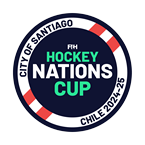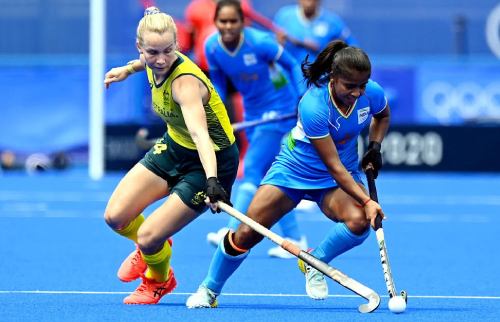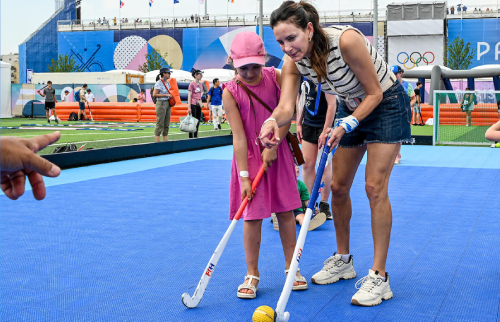
A taskforce from the FIH Hockey Rules Board (HRB) began a review of the rules at the recent Samsung Indoor Hockey World Cups, played in Vienna, Austria last February.
At its meeting in November 2006 the HRB felt that the World Cups would provide a suitable launch pad for a close look at the rules of indoor hockey. The indoor game has some unique features which are sometimes overlooked because of the greater concentration on outdoor hockey. The HRB is not suggesting there are fundamental flaws in the game but that we should check if its unique features are well reflected in the rules.
The taskforce used the opportunity of the indoor world cups to talk informally with many players, coaches, officials, media and the general hockey public. The indoor game is widely acknowledged as exciting to play and watch but possibly a few rules changes or clarifications of interpretations might make it even more attractive.
ÔÇ£There are some concerns about actions such as the ball trapped between two opponents' sticks, defensive walls with sticks laid along the ground, attacking free pushes hard into a crowded circle and so onÔÇØ, said Wolfgang Rommel, chair of the Hockey Rules Board. ÔÇ£However, we are not looking at these things in isolation but are looking for underlying causes.ÔÇØ
The taskforce therefore talked about ways of creating more playing space on the pitch. An approach might be to reduce the number of players to five ÔÇô although if this was applied throughout hockey it would mean less opportunity to play the game. An alternative might be to require at least one player always to stay in their attacking half of the pitch ÔÇô which would give the attacking team more space and create opportunities for shots at goal.
Another option could that be a free push to the attacking team in the attacking half of the pitch cannot be played directly into the circle ÔÇô but must first be played by another player or to touch the pitch side-board. And a different approach might be to require international matches to be played on a full-size (22 by 44 meters) pitch and not the minimum (18 by 36 meters) pitches used in
The taskforce will continue to work on these ideas and will test them out in various ways including by consulting with interested groups. It is possible that a guidance note on one or two interpretations will be issued later in the year or that a mandatory experimental rule will be introduced with effect from 2008 which is the earliest that changes, if any, will be made.
Wolfgang Rommel concluded: ÔÇ£it is important that we look at indoor hockey in this constructive and creative way ÔÇô although we may conclude that it is already an exciting and attractive game with perhaps no need to change any rules.ÔÇØ























